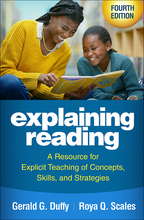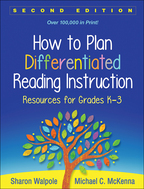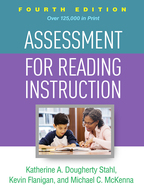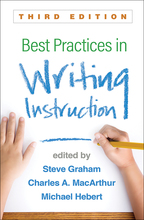Explaining Reading
Fourth Edition
A Resource for Explicit Teaching of Concepts, Skills, and Strategies
Gerald G. Duffy and Roya Q. Scales
Foreword by Seth A. Parsons
Professors: Do you need to make an adoption decision or update your syllabus for the next term? Request a set of page proofs now for immediate review.
Preface
I. Introduction
1. Focusing on Meaning
2. How Comprehension and Word Identification Work
3. How to Use Part II of This Book
4. Tips for Managing Differentiated Instruction
5. A Final Word: Teachers Make the Difference
II. The Teaching Examples
Examples for Comprehension Generally
- Example 1. Word Meaning
- Example 2. Using Context Clues to Determine Word Meaning
- Example 3. Predicting
- Example 4. Predicting, Monitoring, and Repredicting
- Example 5. Inferring
Examples for Explaining Literature Strategies
- Example 6. Reading for Key Details
- Example 7. Theme
- Example 8. Character Traits and Motivations
- Example 9. Descriptive Words and Phrases
- Example 10. Story Structure
- Example 11. Point of View
- Example 12. Compare–Contrast
- Example 13. Illustrations and Text Meaning
Examples for Explaining Informational Text Strategies
- Example 14. Main Idea
- Example 15. Text Features
- Example 16. Text Structure
- Example 17. Analyzing Positions and Views
- Example 18. Evaluating
- Example 19. Summarizing
- Example 20. Drawing Conclusions
- Example 21. Synthesizing
Examples for Explaining Word Identification Skills
- Example 22. Print Detail
- Example 23. Sight-Word Recognition
- Example 24. Phonological Awareness: Discriminating among Sounds
- Example 25. Letter–Sound Association
- Example 26. Vowel Patterns
- Example 27. Syllabication
- Example 28. Structural Analysis
Examples for Explaining Fluency
- Example 29. Reading with Expression
- Example 30. Quick Recognition of Easily Confused Words
Appendix: Research Foundations Supporting This Book
Index













